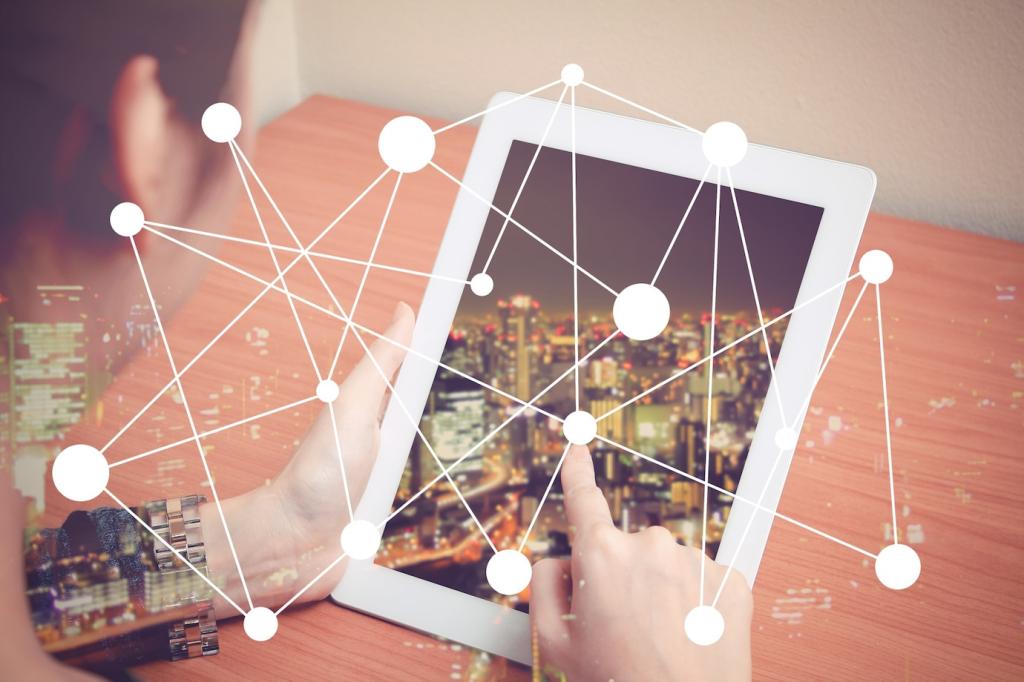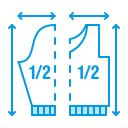Wearable Technology Trends
Health and Wellness Monitoring
Advanced Heart and Vital Sign Tracking
Modern wearables are constantly improving in their ability to measure heart rate, blood oxygen levels, and even ECG readings. Devices equipped with these features offer real-time feedback, enabling users to detect irregularities more promptly than ever before. With increased accuracy, many wearables can now alert users to potential cardiac anomalies or fluctuations in vital signs. This not only empowers individuals to take early action but also assists healthcare professionals with longitudinal health data during consultations or telemedicine interactions. As algorithms become more sophisticated, expect further enhancements in detection speed, accuracy, and predictive analysis, bringing even more value to users invested in their health.
Sleep Quality and Stress Management
Understanding sleep patterns has emerged as a vital part of wellness, and wearable technology is meeting that demand with detailed analysis and actionable recommendations. Devices now track sleep cycles, REM phases, and disruptions, presenting users with comprehensive reports each morning. Additionally, stress monitoring features utilize heart rate variability and skin temperature to gauge stress levels throughout the day. By providing mindfulness prompts, breathing exercises, or personalized tips, wearables not only identify problems but also offer solutions, integrating self-care seamlessly into busy lifestyles. As these features become more nuanced, users will gain a clearer picture of their emotional and psychological health alongside their physical wellbeing.
Personalized Health Insights and Recommendations
A key trend within health-focused wearables is the shift from raw data to actionable, personalized insights. Using machine learning, devices can now interpret collected information based on the user’s unique habits, activities, and goals. This might mean tailored fitness plans, nutrition advice, or targeted reminders to move or hydrate. Wearables adapt over time, refining their suggestions as they learn more about individual behaviors and preferences. This personalized approach not only enhances engagement but also improves outcomes, by motivating users to make smarter, more sustainable lifestyle choices that are specifically tailored to their needs.
Fashion and Customization
One unmistakable trend is the movement toward slim, elegant, and understated wearable designs. Gone are the days when wearables stood out as obvious pieces of technology. Today, devices are crafted to blend seamlessly with ordinary clothing and jewelry, allowing users to sport cutting-edge functionality without sacrificing style. This approach appeals not only to fashion-conscious consumers but also to professionals who want discreet solutions integrated into their routines. As technology becomes more compact, expect even more innovative materials and production methods that further reduce the visible distinction between tech and traditional fashion accessories.

Workplace Integration and Productivity
01
Enterprises are adopting wearables such as smart badges, wristbands, and AR headsets to track employee presence, streamline access control, and manage time logging. These devices not only enhance security by restricting unauthorized access but also digitize attendance, reducing administrative workloads and human errors. Smart badges can facilitate smooth transitions between different zones in large facilities, while also guiding employees through complex processes or meetings. As the technology matures, further integration with enterprise systems and corporate apps will augment these functionalities, transforming how companies oversee workforce management.
02
Wearables are being leveraged to monitor environmental factors and physiological signals in real time, especially in high-risk industries like construction, healthcare, and manufacturing. Devices can detect hazardous exposure to toxins, temperature extremes, or excessive physical exertion, automatically sending alerts to both users and safety personnel. Some wearables can even initiate emergency protocols or share an individual’s exact location if an incident occurs. Employers benefit from rich analytics that help them identify trends, mitigate risks, and implement preventative measures. This real-time visibility not only improves employee safety but also reduces liability and regulatory compliance risks for organizations.
03
Wearables designed for the professional environment are also streamlining communication and boosting collaboration. Smart glasses, for example, facilitate hands-free video calls or access to remote experts, enabling field workers to solve issues faster and with fewer resources. Wearable productivity trackers can analyze workflow patterns, attendance, and even stress levels, providing actionable insights to managers. With the integration of AI, wearables will automate more routine tasks, support remote work, and synchronize effortlessly with other enterprise tools, leading to more agile and collaborative workplaces.
